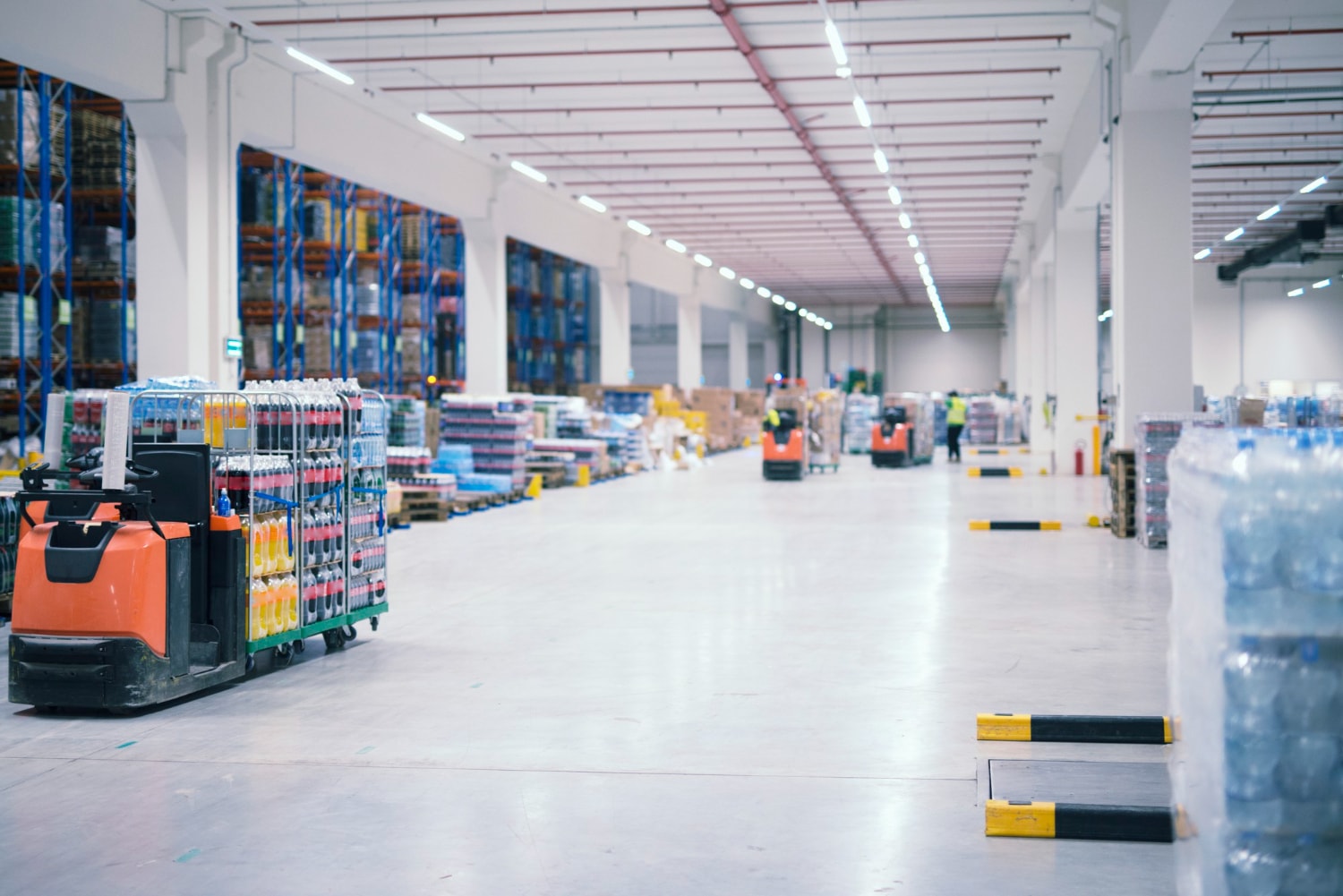Why the UN’s SDGs are a blueprint to support small-scale tuna fisheries and the communities that depend on them.
With a global market value that’s well in excess of $40 billion, tuna is a universally popular food. The quite considerable volume of these fish that are landed and the countless ways in which they can be prepared and consumed — everything from a classic, affordable sandwich to a super-expensive sashimi platter — have led tuna to become one of very few products to transcend the seafood food category. Even people who don’t like fish will still eat tuna. At the same time, tuna supply chains are complex. This is because the fish themselves are highly migratory, often making the stocks difficult to manage. Consequently, some varieties (there are five main commercial tuna species) are overfished, some are fished to their maximum sustainable limits, while others remain in a very healthy state.
Also added to the mix is the variety of ways in which tuna is caught. Purse seine accounts for about two-thirds of the global tuna catch, whereby large fishing boats locate a school of tuna and surround it with a vast net. Then the bottom of the net is pulled shut — creating a purse — from which the fish are brought onboard. Longline fisheries, meanwhile, see fishing boats trail long main lines (up to 30 miles long) with thousands of baited hooks, while gillnet fisheries capture tuna in a stretched curtain of netting that’s suspended in the water.

There are also a handful of far more selective ways of fishing for tuna. One-by-one caught tuna, where, as the name suggests, fish are hooked one at a time by fishermen using such methods as pole-and-line, handline and trolling are regarded as the most environmentally responsible ways of catching these fish with minimal impact on habitats and vulnerable marine species like turtles, sharks and seabirds.
Typically located in fragile, developing regions of the world, these small-scale fisheries also provide an essential source of food for local communities as well as for overseas markets. Furthermore, they are labor-intensive, and for generation after generation have provided livelihoods for many thousands of local fishers and fish workers, together with the coastal communities connected to them. In stark contrast, the larger, more industrial operations use far less crew and tend not to process their fish at local facilities.
Intensifying Pressure
Although the growing consumer awareness of sustainability issues has increased the demand for one-by-one tuna products all over the world, these fisheries remain very much at risk due to the sheer financial might of the large-scale fishing groups. And yet the International Pole & Line Foundation (IPNLF), a charity established in 2012 that works across many levels to support these traditional small-scale fisheries, believes that there’s now a very real opportunity — through the United Nations’ Sustainable Development Goals (SDGs) — to push back and strike a more equitable balance in today’s tuna market.
Over the past decade, the fisheries sector has become awash with standards geared towards protecting marine environments through responsible fishing practices. But IPNLF has identified that it’s not enough for supply chains to merely source products from those fisheries that have secured ecolabels in recognition of adhering to a sustainable management program. As important as these elements are, with more and more of the large, industrial tuna fisheries becoming certified to environmental standards, it’s critical that tuna buyers also look beyond the norm of environmental good practice and give equal consideration to the people and communities behind the fish. Here, the money earned from catching goes directly to supporting and providing a future for families. It can also facilitate access to microloans, which can further empower fishermen by putting them in a position to improve the quality of the catch and their seagoing safety.
Therefore, such corporate purchasing actions will help ensure that small-scale fisheries are heard, nurtured and can be integrated as part of the broader sustainability landscape. Conversely, failure to incorporate social elements into a buying policy will, in time, be the death knell of these fisheries and dependent communities everywhere.

IPNLF asserts that the SDGs provide a framework for responsible businesses involved in the seafood supply chain to engage with the world’s one-by-one tuna fisheries. These fisheries are directly aligned to 11 of the 17 SDGs, whereby such targets as gender equality, quality education, and decent work and economic growth are as relevant as life below water, zero hunger, and responsible consumption and production. As such, and in this age of heightened business ethics, the charity insists that it would be unthinkable that any international corporation would commit all of its sourcing to large, industrial, offshore fleets when it could be providing critical, life-changing support to coastal fisheries.
Accelerating Change
While there’s evidence that positive momentum is building within the tuna arena and also that the accountability brought by the adoption of the SDGs in 2015 is contributing to this positive shift, we’re not yet at the point of changing the game. Much more needs to be done to disrupt supply chains, and much quicker too. Essentially, getting to such a point requires a wholesale rethink.
[T]he biggest decision is also the first decision — electing to source the right tuna puts these organizations on a pathway that supports these fragile but crucial fisheries and the many thousands of dependent people.
To increase this groundswell, IPNLF is calling on seafood businesses and supply chains across the world to look at their current contributions to the goals and to see if they can scale them up by supporting one-by-one tuna fisheries. In this regard, the biggest decision is also the first decision — electing to source the right tuna puts these organizations on a pathway that supports these fragile but crucial fisheries and the many thousands of dependent people.
Related Articles: Sustainable Fisheries: Tackling Malnutrition and Deficiencies in One Go | Small-Scale Fisheries: Sustainable Coastal Development’s Urgent (and Unknown) Frontier
That said, such a stance will require many of those companies, and retailers in particular, to move away from what’s become the standard three-point procurement parameters of recent times, where, by a certain date, the promise is that all the seafood products they buy and sell to consumers will adhere to a third-party certification scheme, be part of a fisheries or aquaculture improvement project, or be green-rated according to consumer guides such as those compiled by the Monterey Bay Aquarium Seafood Watch or the Marine Conservation Society. IPNLF maintains that businesses which continue to only follow such a sourcing strategy are not aligned with the SDGs.
Instead, and using the SDGs as a more holistic approach to procurement, they need to question whether or not buying tuna from a certain fishery is contributing to programs directly focused on gender equality, poverty alleviation, quality education, life below water and so on. Not only can such a self-check demonstrate that due diligence has been undertaken, it also has the potential to shift the conversation — engaging and inspiring others to take very similar approaches. This in turn can help elevate small-scale fisheries and the people connected to them to a much more secure position, which would undoubtedly be the most ideal outcome for products, people and planet.















